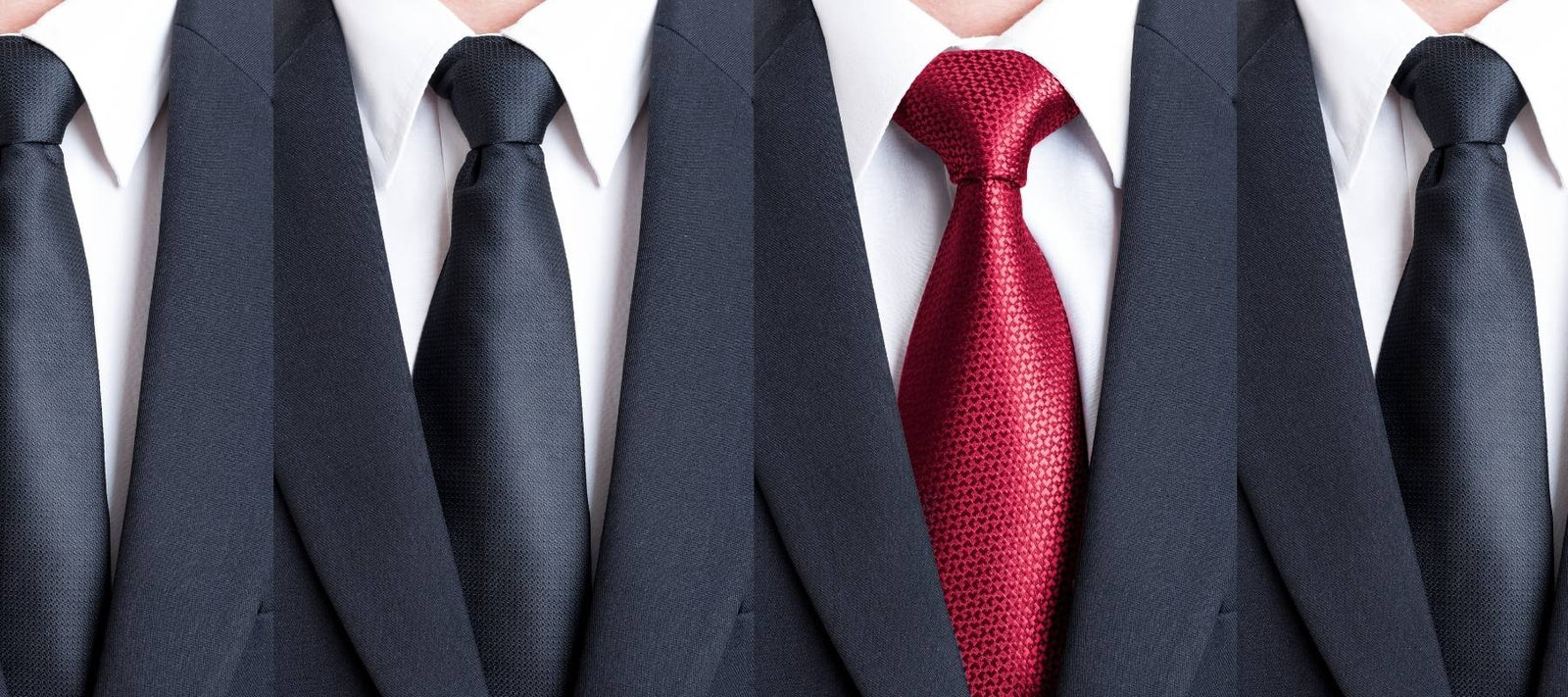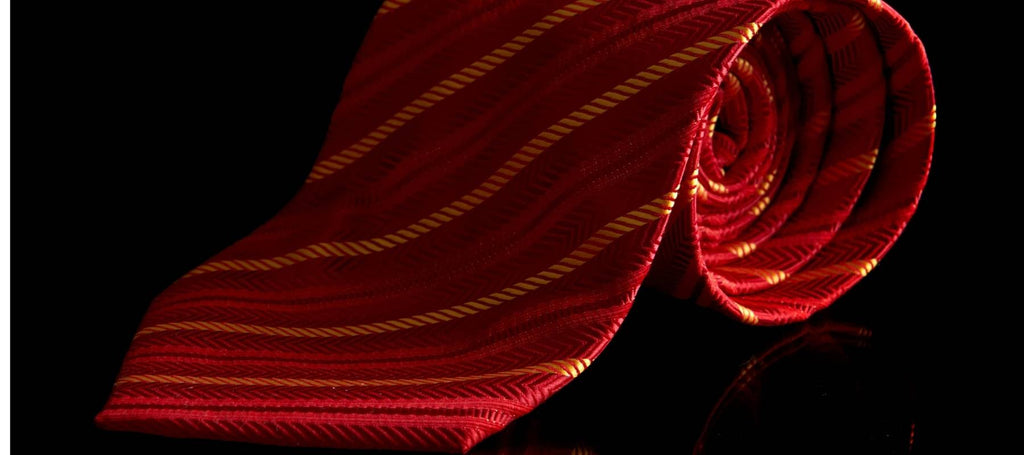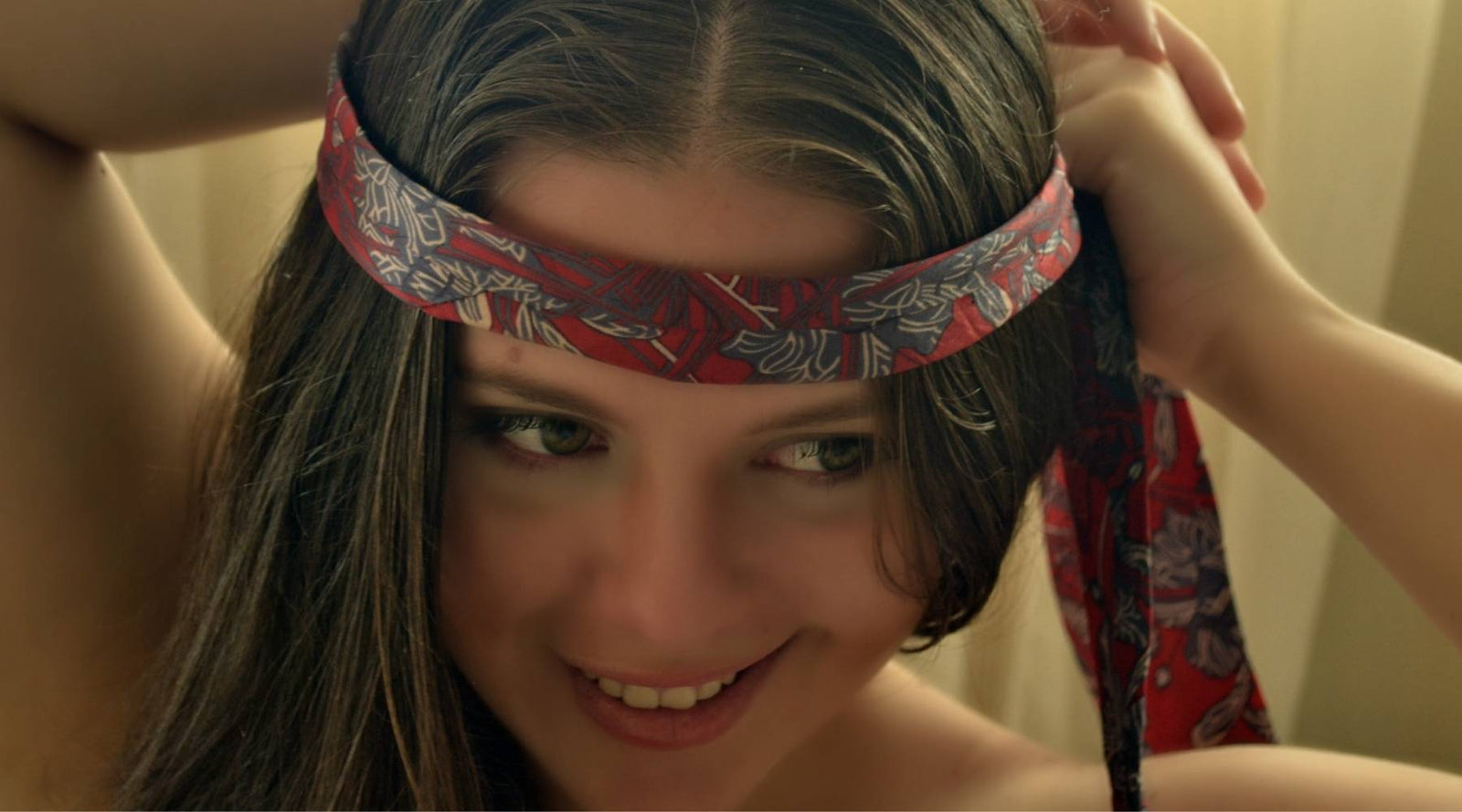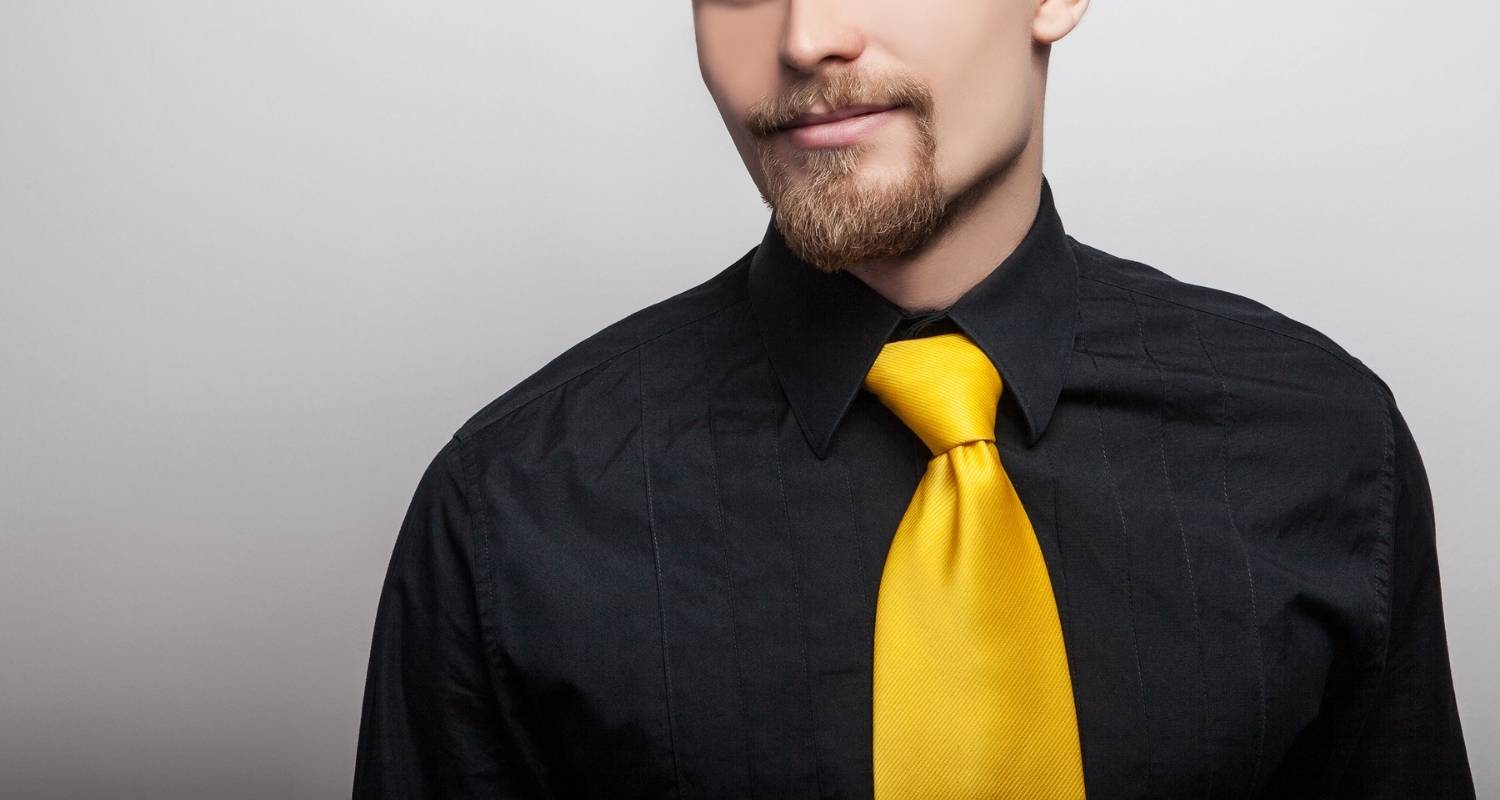Your basket is empty

From ancient China to Wall Street, the red tie has always symbolized aggression.
It's not for nothing that it's called the tie of power: by wearing a red tie, you show that you mean business.
It symbolizes wealth, strength, authority, domination and passion. In many cultures, it also symbolizes luck.
For the ultimate power statement, opt for a bright red tie, such as a solid red or ruby red silk tie. For a less aggressive approach, swap out your bright red for a softer shade of burgundy.
When you look at Donald Trump, he's usually trying to show off something red, thick, and hanging below the belt. I'm talking about his tie - his power tie, to be precise - the one he wore during his inauguration and which has become a staple of Trump caricatures.

Power ties, like former businessman Trump, became famous in New York in the 1980s , and like Trump's business card, they have historical and scientific significance beyond their phallic appearance.
From the French aristocracy to the presidency, the story of the power tie might as well be the story of power itself. It may also be linked to the fall of America's "greatness".

Let's start with China, in 210 BC.
Believe it or not, the oldest examples of red power ties are not only linked to maniacal rulers, but also to walls.
During Imperial China's First Dynasty, Emperor Qin Shi Huang commissioned numerous projects of absurd scale, including an early version of the Great Wall of China and a great terracotta army comprising some 6,000 soldiers in terracotta.
These soldiers, gathered to guard his body in the afterlife, were painted with red ties resembling bandanas . If the emperor did not wear them himself, the luxury of the garments dyed on his warriors reflexively indicated his own extravagance.
The painting of ties has since disappeared, contrary to the aesthetic of delusions of grandeur associated with them.

The following example is over 300 years old: Trajan's Column , a victory monument for the Roman Emperor Trajan. It would be an exaggeration to call Trajan's tie a cravat - it's more of a cape - but his soldiers wear something resembling a scarf around their necks.
Whether they wore it for utilitarian reasons or otherwise, these soldiers were indeed part of Rome's largest army and allowed Rome to reach its greatest size.
The military colors of Rome being red, it can be assumed that the scarves of this once painted column were also red . I would classify this scarf as a “red tie”, you know what I mean?

It's no coincidence that these ancient Roman and Chinese soldiers chose red. It's science. Before continuing with the story, it is worth noting the many studies on the connection between red and competitive behavior.
According to research compiled by Psychology Today, wearing red gives you a competitive advantage. It makes you feel more dominant, and to your opponent, it makes you appear more dominant and threatening .
Red has also been linked to higher levels of testosterone . So if you're someone who can't have red in your face (maybe you have orange in your face), wearing red lets your aggressiveness be known.
A red power tie is worn by someone who draws attention to their power, much like a frigate trying to assert itself.

These soldiers wore pieces of red cloth tied around their necks, and they had to be quite aggressive to gain an audience: After meeting them, French King Louis XIV adopted their headgear.
It became known as tie: a mispronunciation of the French word for Croatia. If Croatia is very proud of this heritage (in 2003, it tied a gigantic red tie around the Roman amphitheater - you have to see it to believe it), it is King Louis XIV himself, with all the power of a 17th century French king, who made this style a coup.

The tie spread like wildfire and became an upper-class staple, following the classic “Monkey see, monkey do” principle.
It's not just who wears it, but also how. H. Le Blanc 's reference work , The Art of Knotting the Tie, published in 1829, describes ties as a "letter of introduction".
According to Le Blanc, each nation had its own style. The American tie “ presents the appearance of a column, intended to support a Corinthian capital .”
So you can attribute any column-shaped tie to American style - and I think most business ties fall into this category.
In the 1920s, America established itself as a major player in tie history thanks to New Yorker Jesse Langsdorf , a tie maker (this was once a trade) who used angles of 45 degrees and a three-part construction to create the tie we all poured mustard on.
And it really was all of us. The tie has become a staple of almost every man's daily wardrobe. This is undoubtedly when America was the last “great”. Okay, let me explain.
Manufacturing made up a large portion of a company's revenue, which was good because it meant more jobs for unskilled workers.
Prosperity for uneducated white men flourished, because there was no need to go to school - you just had to start working.
In the background of all this, men wore hats and ties for everything, so the president didn't dress much differently than the average person. This probably gave a certain power to wearing a tie.
Each tie was a power tie (although, remember, red ones are always more powerful). America enjoyed a period of reasonable economic prosperity (if you were white) and "greatness" (if you were white).
Then the sources of power began to change. American manufacturing peaked in the 1970s and began to decline afterward.
Corporate revenues shifted from manufacturing to stock trading, and power, like the power of the French king, returned. He had a new home: Wall Street.

With this new power came the latest form of power fashion and its inevitable Hollywood icon: Gordon Gekko .
Gordon Gekko is the fictional tycoon at the center of Oliver Stone's film Wall Street. Originally conceived as a tragic figure, Gekko has become the folk hero of aspiring rich people, and his fashion is a central part of his appeal.
Wall Street demonstrated that you can whet the drool with bright colors, shiny accessories, and high contrast. Gekko is the brainchild of menswear author Alan Flusser, who called Gekko's look "fuck you clothes." Fuck you, I'm making money. Fuck you, I have power. Fuck you, I'll fuck you.

And that brings us to Trump , himself a product of 1980s American business style, complete with Gekko-like power ties. Thick. Apparently expensive. Ranges too low. Red.
Most often, his ties are the same royal red as his “ Make America Great Again ” caps. It attracts attention. Aggressive. Once again, I'm talking about his ties.
While one might think that red simply aligns him with his Republican cohort, the idea of red state/blue state is actually only as old as Bush v. Gore, and Trump's love of gaming of red-tie power is much older than that.
For example, its board game uses the same image of Donald in a red tie for the box cover, rulebook and even its fake Trump bucks - the smallest denomination of which is $10 million.
Obviously, this all serves to make Donald look powerful. There's even something admirable about him wearing his own brand (even if it's a bit like wearing your own band's T-shirt).
As president, Donald Trump will receive several presidential portraits; you can bet that in most of them he will be painted wearing a white shirt, blue suit, and his signature solid red tie.
Comments are approved before publication.


